Copyright Cease and Desist Letter Template
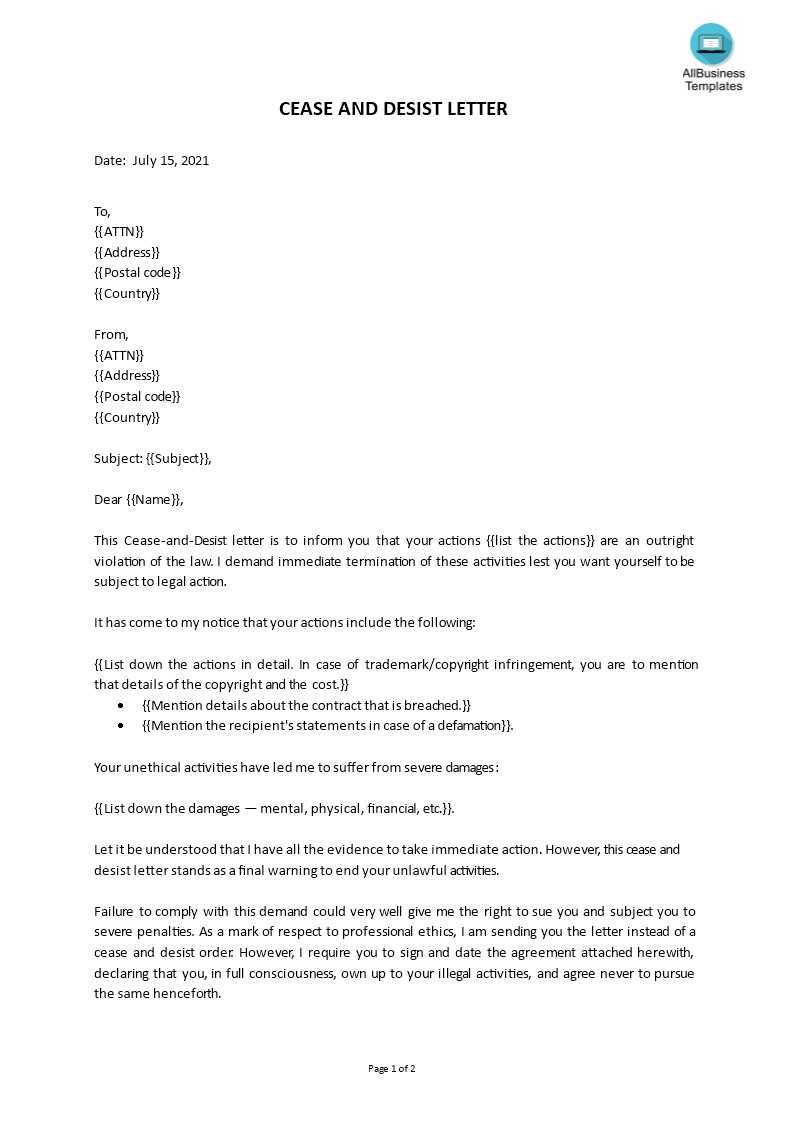
When someone unlawfully uses your intellectual property, it’s crucial to address the issue promptly and effectively. Taking formal action is often necessary to prevent further misuse and to assert your rights. One common method for doing so is through a structured communication that demands the individual or company stop the infringement and resolve the matter.
Why You Should Take Action
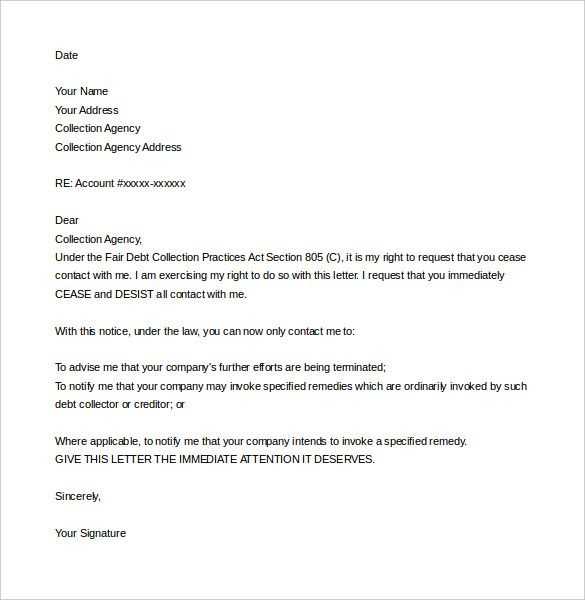
If your work is being used without permission, ignoring the issue could lead to prolonged misuse, loss of income, and damage to your reputation. By formally requesting the infringing party to cease, you are taking a step toward protecting your creation and ensuring that your rights are respected.
Key Elements to Include
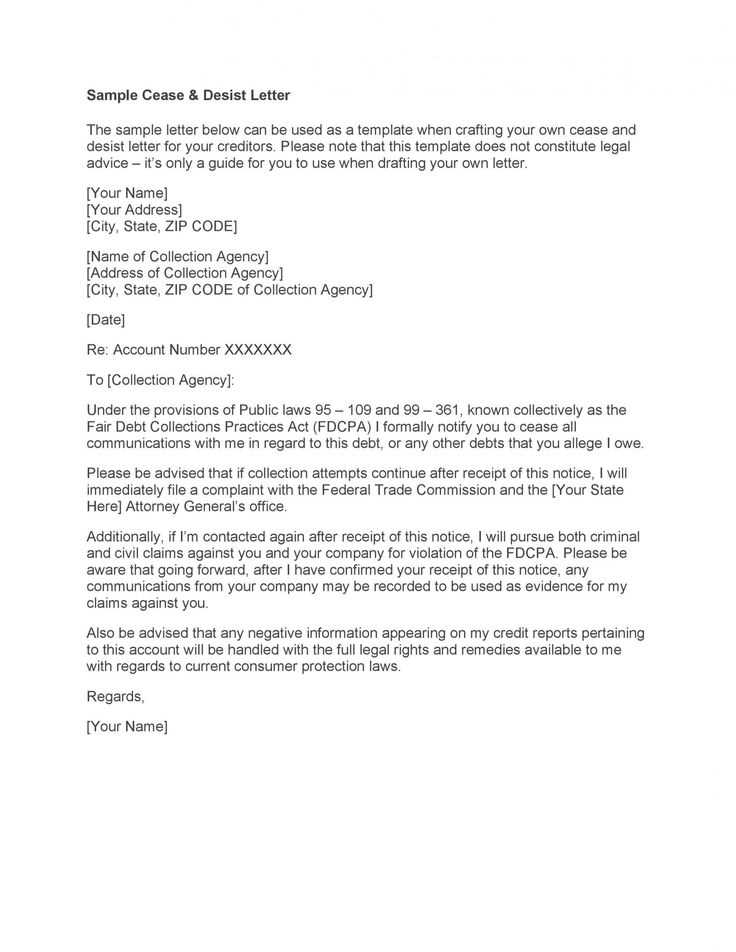
- Identification of the Infringed Work – Clearly describe the creation in question, providing details like titles, publication dates, or links if applicable.
- Specific Violation – Explain how the other party is using your work unlawfully, specifying the nature of the infringement.
- Demand for Action – Clearly state that the unauthorized use must cease immediately and provide a timeline for compliance.
- Consequences of Non-Compliance – Outline potential legal actions or other steps you may take if the issue is not resolved.
How to Tailor Your Message
Each situation is unique, and your message should reflect the specifics of the infringement. If the use is unintentional, a polite yet firm approach may work best. For deliberate violations, you may need a more assertive tone. Always remain professional and clear in your demands.
Avoiding Common Errors
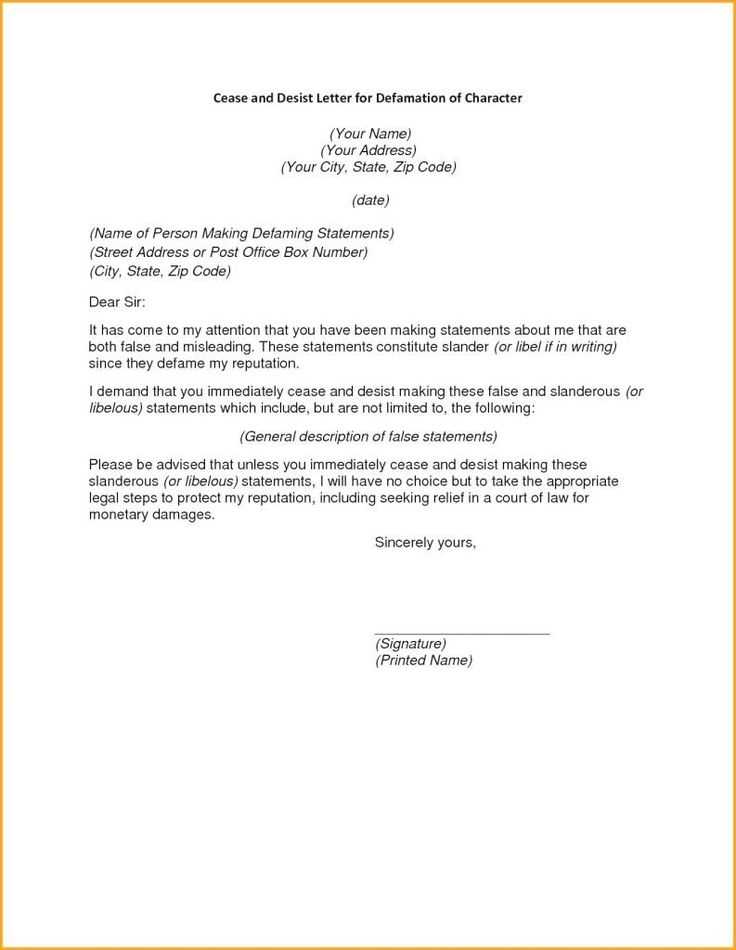
Many people make mistakes when drafting such a formal request. Below are some common pitfalls to watch out for:
- Vague language – Avoid being unclear about what is expected of the recipient.
- Failure to specify deadlines – Always provide a reasonable timeframe for action to be taken.
- Too much detail – While details are important, overloading the message with unnecessary information may dilute the effectiveness.
Legal Considerations
Before sending any formal communication, it’s advisable to consult with a legal expert. Laws surrounding intellectual property vary by region and may affect how you should proceed. A legal professional can guide you on the proper wording and any additional actions you may need to take to strengthen your position.
What to Do Next
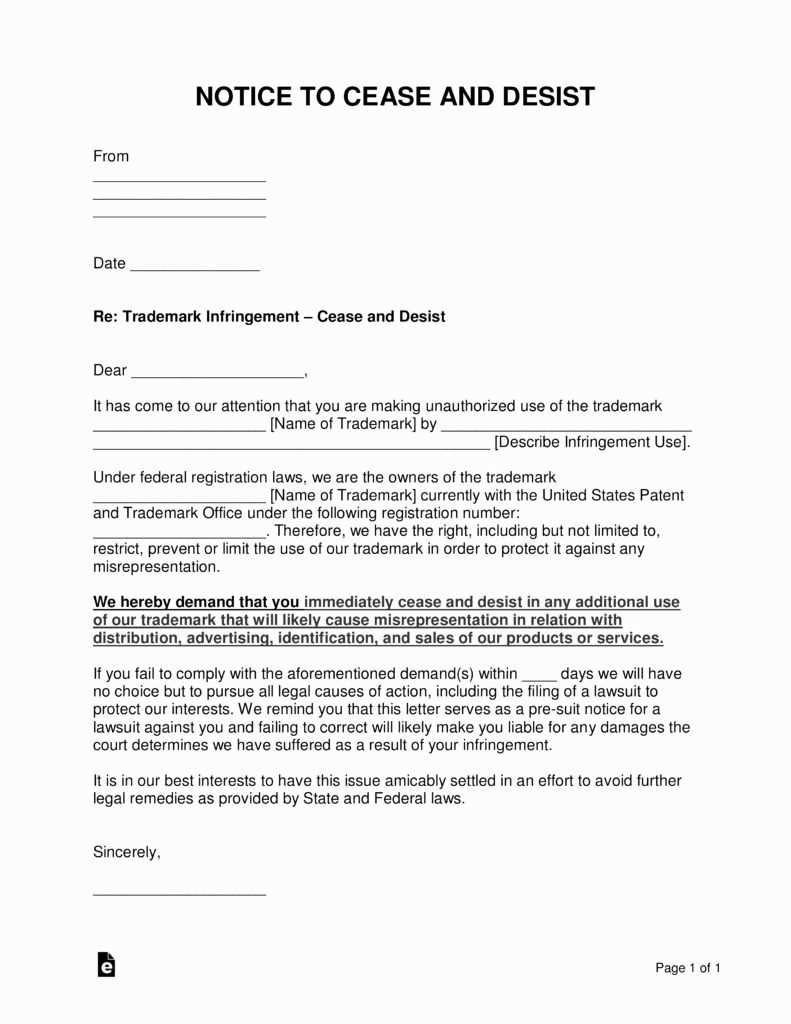
If the recipient complies with your request, be sure to keep a record of the resolution. If not, you may need to escalate the situation through legal means or consider other actions to stop the infringement.
Protecting Your Intellectual Property: A Formal Approach
When someone improperly uses your creative work, taking formal action is essential to prevent further violations. By clearly communicating your rights and the necessary steps for resolution, you assert your ownership and protect your assets. A formal request can be a powerful tool for stopping unauthorized use and avoiding legal disputes.
Why Taking Action is Crucial
If someone is using your work without authorization, allowing it to continue unchecked could lead to financial losses, damage to your brand, and a loss of control over your intellectual property. By sending an official request to stop the infringement, you send a strong message that you are serious about protecting your rights.
Important Components of an Official Request
In any formal communication regarding misuse of your work, it’s vital to include specific details that make your request clear and actionable:
- Identification of the Infringed Work: Be specific about the work in question, such as its title, date of creation, or link to the online version.
- Details of the Violation: Clearly outline how the other party is misusing your work, whether through reproduction, distribution, or modification without permission.
- Clear Demand: State what action needs to be taken, such as removing the infringing content or stopping the unauthorized distribution.
- Consequences of Non-Compliance: Mention potential legal actions you might pursue if the situation is not resolved within a reasonable time frame.
Customizing Your Message
Your formal request should be tailored to the specifics of the situation. Consider the nature of the violation and the relationship with the infringing party. A polite, professional tone is appropriate for cases where the violation might be accidental, while a more firm tone may be necessary for deliberate infringements.
Common Mistakes to Avoid
When drafting a formal communication, be mindful of the following errors:
- Vague Language: Avoid ambiguous phrases. Be clear about what needs to be done and by when.
- Omitting Deadlines: Always specify a reasonable time frame for compliance, typically within a week or two.
- Excessive Detail: Focus on the essential facts and avoid overwhelming the recipient with unnecessary information.
Legal Considerations
Before sending your formal notice, it’s advisable to consult with a legal professional to ensure you are following the correct procedures. Depending on your jurisdiction, there may be specific legal requirements or language to include. A lawyer can help you craft a message that is both legally sound and effective in protecting your rights.
What to Do After Sending the Request
If the other party complies with your demand, it’s important to document the resolution for future reference. If they fail to act, you may need to pursue further legal action, such as filing a formal lawsuit or seeking other remedies available to you.